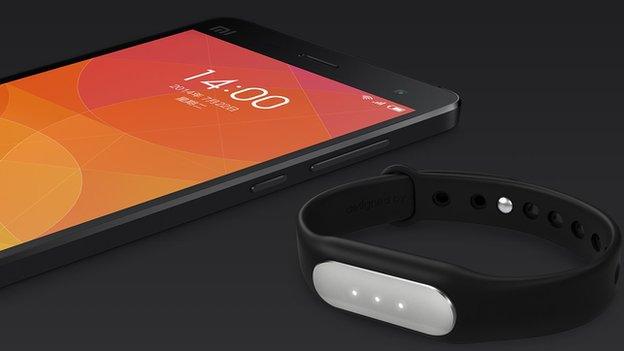The Brazilian selling Chinese phones to Latin America
- Published

Hugo Barra says Latin America presents a big opportunity
Brazilians, like the rest of us, are used to buying products made in China.
But in Sao Paulo's Santa Ifigenia neighbourhood - the city's main market for electronic devices - consumers are not kind to Chinese brands.
"The first thing that comes to my mind when you say Chinese is an inferior product, probably contraband. I would avoid them," one shopper tells me.
There is even a pejorative term for Chinese brands that try to rival or imitate other established brands: "Xing Ling".
Yet this is the market chosen by China's Xiaomi to start selling its smartphone outside Asia.
Smartphones
Leading this Chinese "invasion" is a Brazilian executive.
Hugo Barra, Xiaomi's vice-president, is a rare case of a Latin American businessman heading a top Chinese company.
The world's third largest smartphone maker is not very well known outside Asia and it chose Latin America as its first major Western venture. Not Europe, not the US.
China's smartphone giant: In 60 secs
"Latin America as a whole is a tremendous opportunity," Mr Barra told the BBC last month.
"It is a very large market where people are, at a very fast pace, replacing their feature phones for their first smartphone."
He is right. Brazil's economy grew only 0.1% last year - yet smartphone sales were up a whopping 55%.
Brazil is now the world's fourth largest market for mobile phones, after China, the US and India.
Whereas in Europe and the US, Xiaomi would have to convince experienced users to switch to their brand, in Latin America they want to sell to consumers who are only now buying their first smartphone.
Xiaomi is excited about a country where market research shows that 45% of consumers still have older "non-smart" models.
It has plans to eventually branch out to the rich world, but that will depend on how successful it is in Brazil and Mexico, which is their next step in the region.
Emerging differences
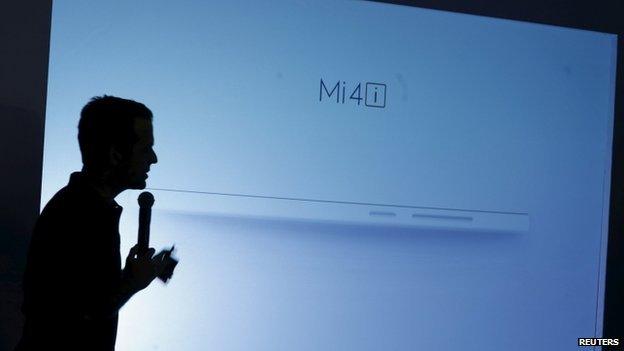
Barra faces a big challenge
Overcoming Brazilians' uncertainty about Chinese brands is not Xiaomi's sole challenge.
Although Brazil is often lumped in with other Asian economies in the category of "emerging markets", consumers here behave very differently - especially when it comes to smartphones.
Xiaomi has achieved its market share in Asian countries by imposing what it calls a "fair price" - usually much lower than those of its big rivals.
In India, where 41% of the smartphone market is dominated by lesser-known makers, the low "fair price" strategy works well.
Fighting the big
Yet Brazilians are different - they love big established brands.
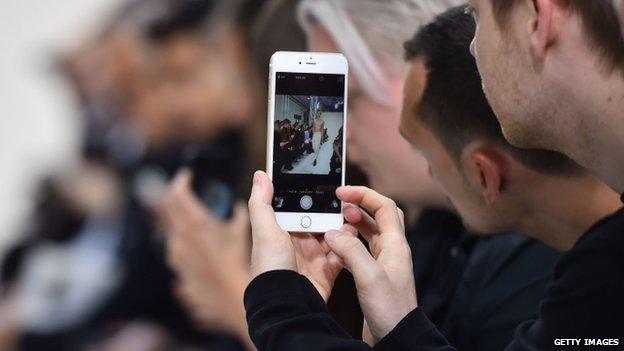
Big-name brands are popular in Brazil
Only six top makers - Apple, LG, Microsoft, Motorola, Samsung and Sony - account for more than 95% of sales.
This is a tough place for new entrants.
"Xiaomi will need to take some market share from these strong, global brands that have been here for the past 10 years at least", says Leonardo Munin, market researcher for IDC Brasil.
Another challenge, he says, is that online sales are not as strong in Brazil as they are in Asia.
Only 15% of smartphones are sold online in Brazil - and for now Xiaomi has plans to sell its products exclusively via the internet, bypassing the local retail sector.
Coming home
One market analyst I spoke to believes that Hugo Barra has the credentials to succeed in his home country as he will be familiar with many of the country's singularities.
Despite being Brazilian, Barra is almost as unknown to the general Brazilian public as Xiaomi itself.

Hugo Barra:
1996: Student at Massachusetts Institute of Technology (MIT), graduating with a bachelor's degree in management science and masters in electrical engineering and computer science.
2000: Co-founded LOBBY7 with MIT classmates
2008: Group product manager for the Google Mobile team in London
2010: Google Android team
2012: Google vice-president
2013: Vice-president at Xiaomi

With a degree in computer science and electrical engineering from MIT, the 38-year-old executive has made his career in London and the US.
From 2008 to 2013, working for Google, he was a key figure in developing the Android operating system for smartphones.
But two years ago, he surprised the Silicon Valley world by moving to a then relatively unknown Chinese start-up owned by billionaire Lei Jun.
Amalgamation of giants
The move seems to have paid off so far.
Under Barra's leadership, Xiaomi has established itself as the world's third largest smartphone maker, with 60 million units sold last year.
The company is one of a number of big Chinese brands - such as Alibaba - that has a huge presence in the East, but has not yet crossed the bridge to Western markets.
Xiaomi is unlike other traditional Western technology firms, because it is not exclusively dedicated to producing handsets.
Barra says it is an amalgamation of a Google-like, Apple-like and Amazon-like company.
It produces the handsets, like Apple; it developed its own Android-based Operating System, like Google; and it dedicates a great deal of its operation to online sales and logistics, like Amazon.
Xiaomi's growth in Asian markets has been very rapid under an executive who has been very successful in California's Silicon Valley.
The next big challenge for Hugo Barra will be to win over consumers for Xiaomi in his own country.
- Published5 May 2015
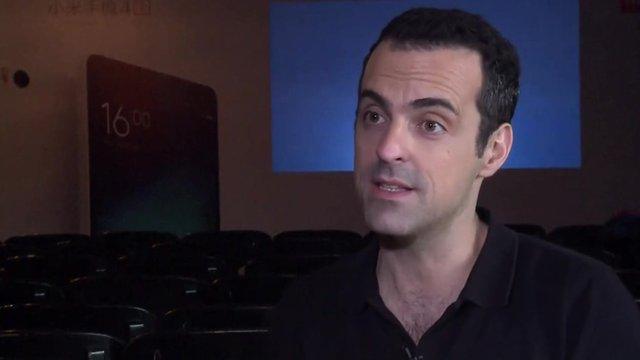
- Published16 January 2015
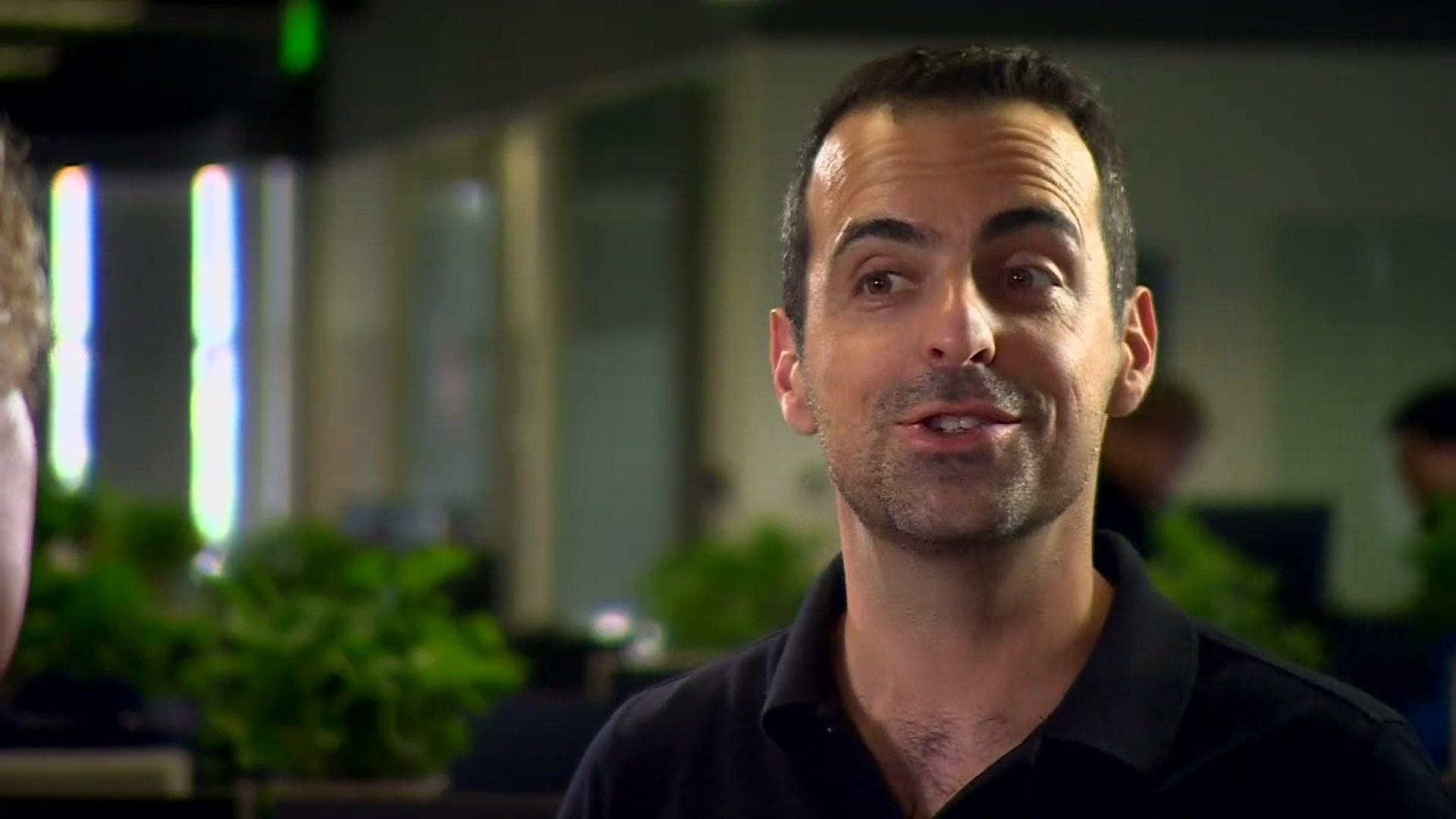
- Published22 July 2014
